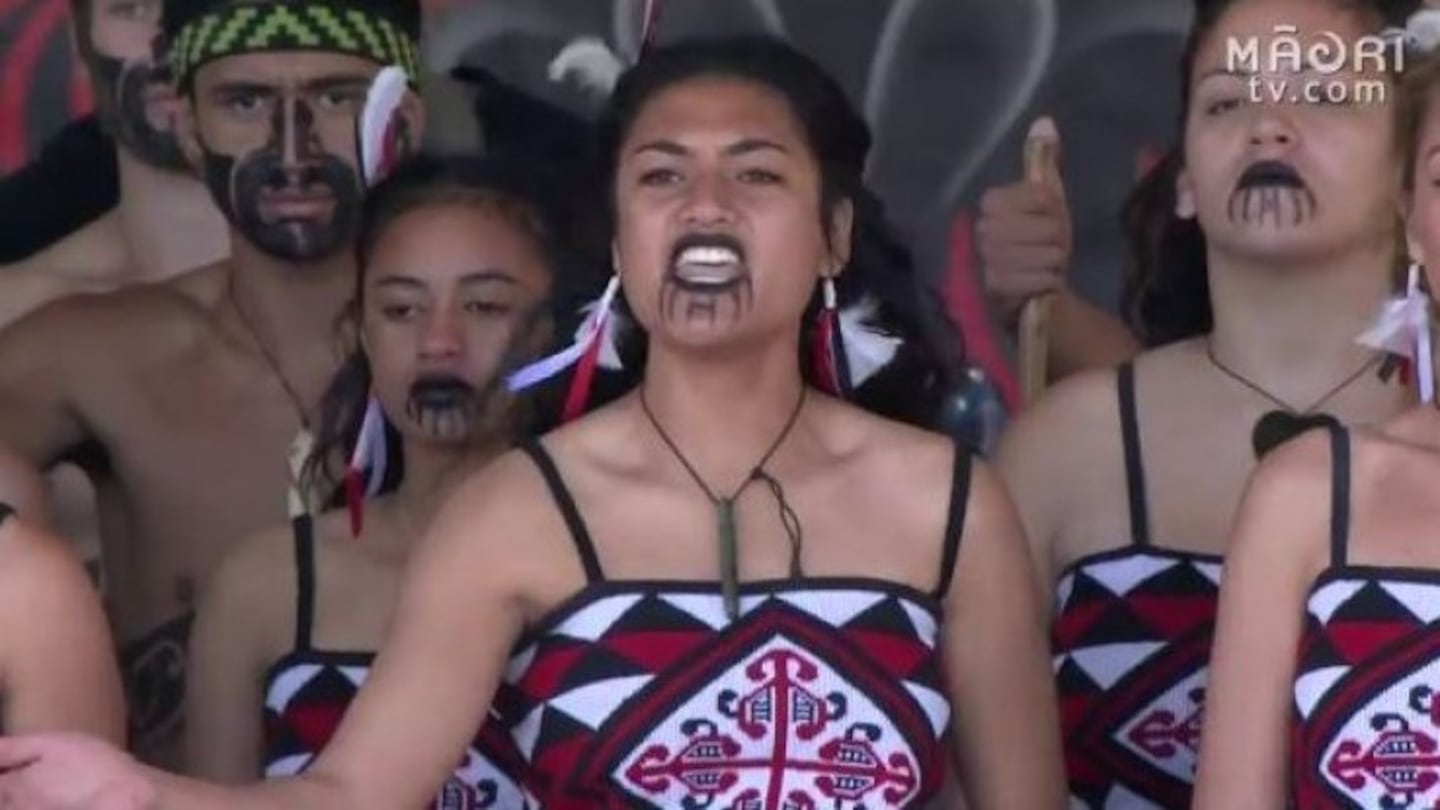“Culture” or “cultural”, “fun” and “family” are the words southern rangatahi most associate with Polyfest, but many exert themselves physically.
That’s one of the findings from a report by sports researchers – Dancing to the Beat: Movement Experiences of Polyfest Participants in Otago and Southland – that considers the value of cultural performance in regard to physical activity.
It’s funded by Sports New Zealand’s Hawaiki Hou Fund aimed at creating structures to make it easier for all New Zealanders to be active.
Researchers from the Auckland University of Technology surveyed participants at the 2023 Murihiku and Otago Polyfests to understand the value of cultural performance in a regional context, rather than looking at the long standing ASB Polyfest in Auckland.
Principal investigator Dr Sierra Keung said: “It was a chance to get to the nitty gritty about why our rangatahi move the way they do.”
Many Pasifika and Māori youth in Southland and Otago participated in more than two sporting codes, but they don’t always consider cultural performance as a sport, the paper found.
“Their willingness to endure the physical exertion required for cultural dance practice adds strength to the validity of cultural dance as a physical activity that youth should be able to access beyond Polyfest,” it said.
Beyond the physical benefits, Polyfest had also become a powerful tool for rangatahi to claim their identity and heritage, and develop a sense of confidence.
Lefaoali’i Dr Dion Enari said: “A lot of our youth don’t get a lot of platforms to speak deeply about it, and in their own voice.”
Unlike the Auckland Polyfest that was mostly supported by the whānau of performers, Polyfest was a community-wide event in regions like Southland, with all cultures sharing a single stage and learning from each other, Keung noted.
“You get a journey through the Pacific, based on their perspective,” she said.
“Here the community shows up. Down here it’s not just Polynesians attending Polyfest.”
Enari add that the regions had a lot to teach in terms of what inter-cultural exchange could look like.
Keung and Enari presented their research in Murihiku recently because they wanted to elevate the voices of local rangatahi.
One of their key findings was that more opportunities, resourcing and support in this Pasifika dance space may lead to better outcomes holistically for Pasifika youth engagement in school and other areas of life more broadly.
In the next phase of the work, Keung and Enari will be working with designers and programmers to look for ways they could use technology to increase capacity and capability for cultural dance in regional New Zealand.
For phase three, they’ll involve rangatahi and kaumatua in the design process.
The hope, Keung said, was to launch the programme in Southland, incorporating local waiata, movement and stories, before expanding to other regions, incorporating regional nuances as they go.
Eventually, they would want to do the same in the Pacific Islands.
Keung and Enari were full of praise for Polyfest organisers Mīharo Murihiku for making their research process seamless.
“With anything we do, we want to empower and uplift our Māori and Pasifika communities,” Keung said.
- Stuff

